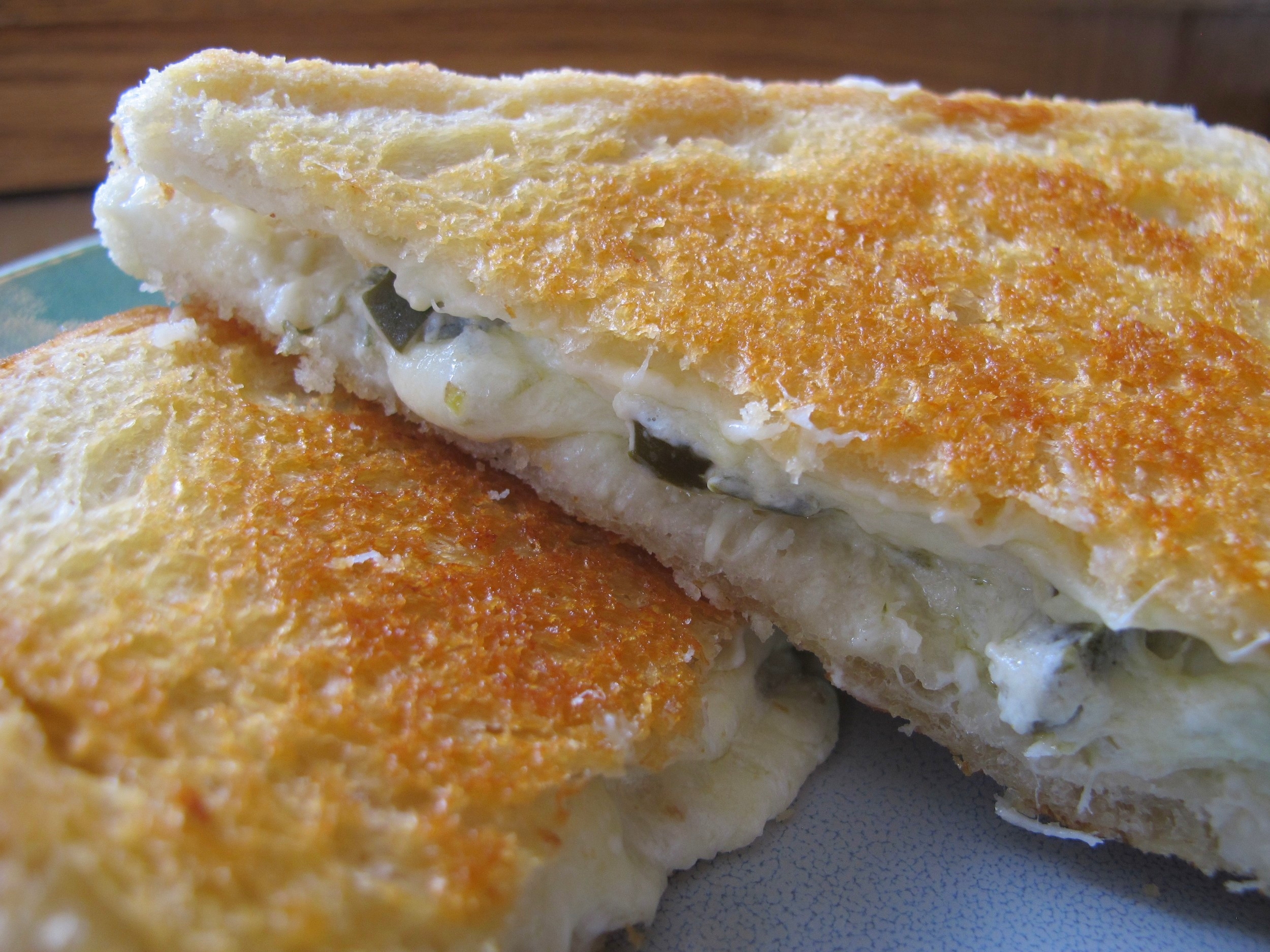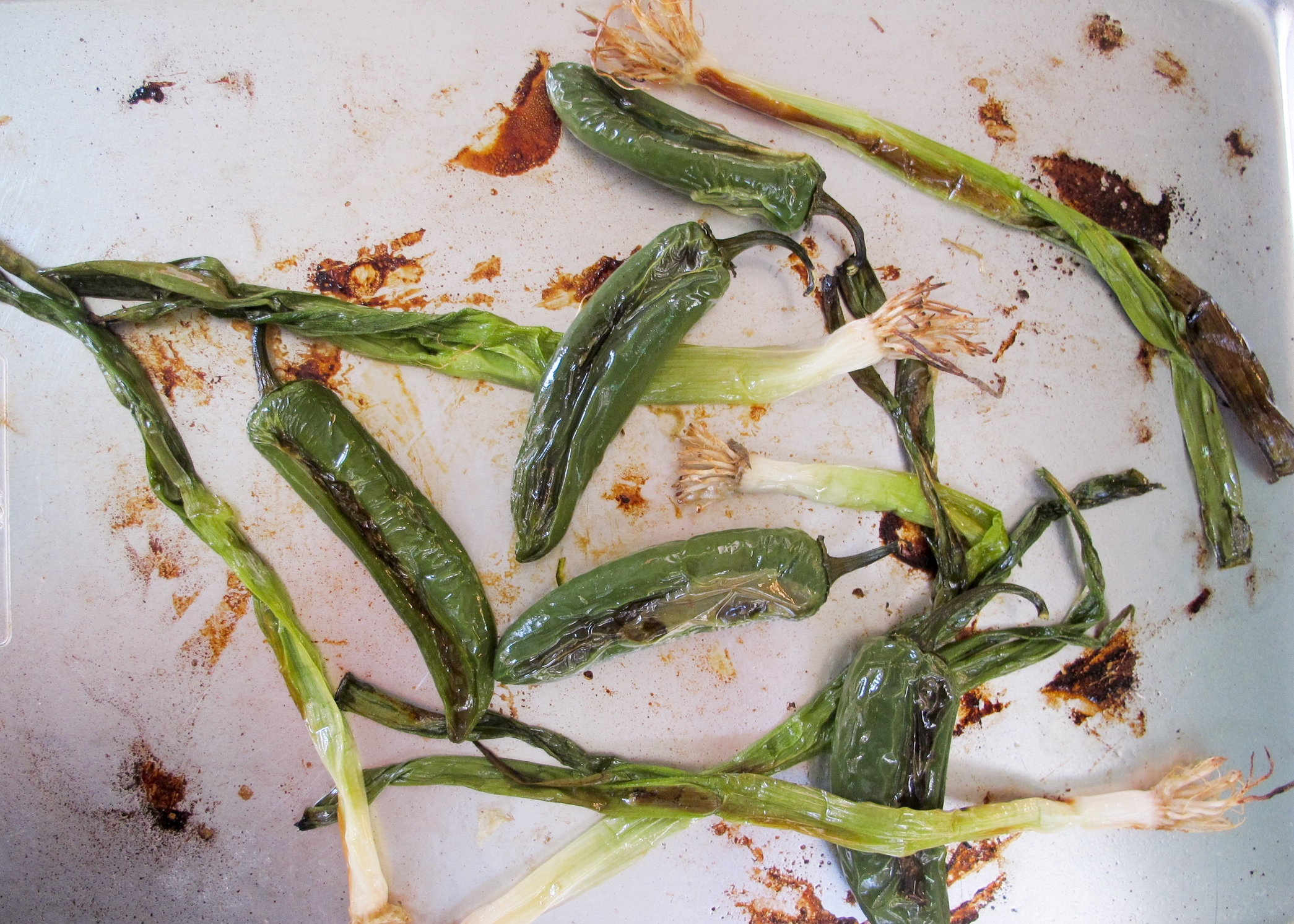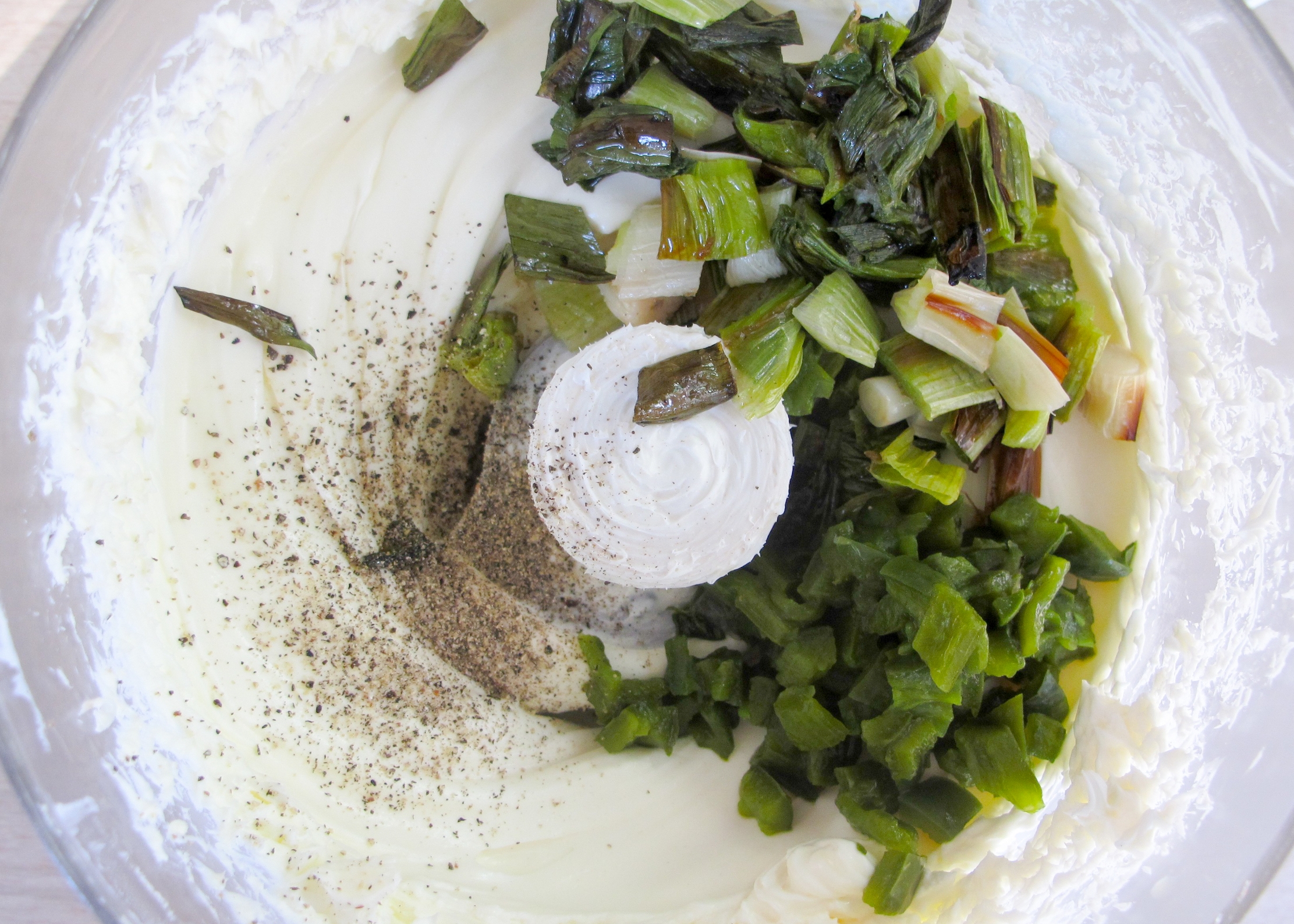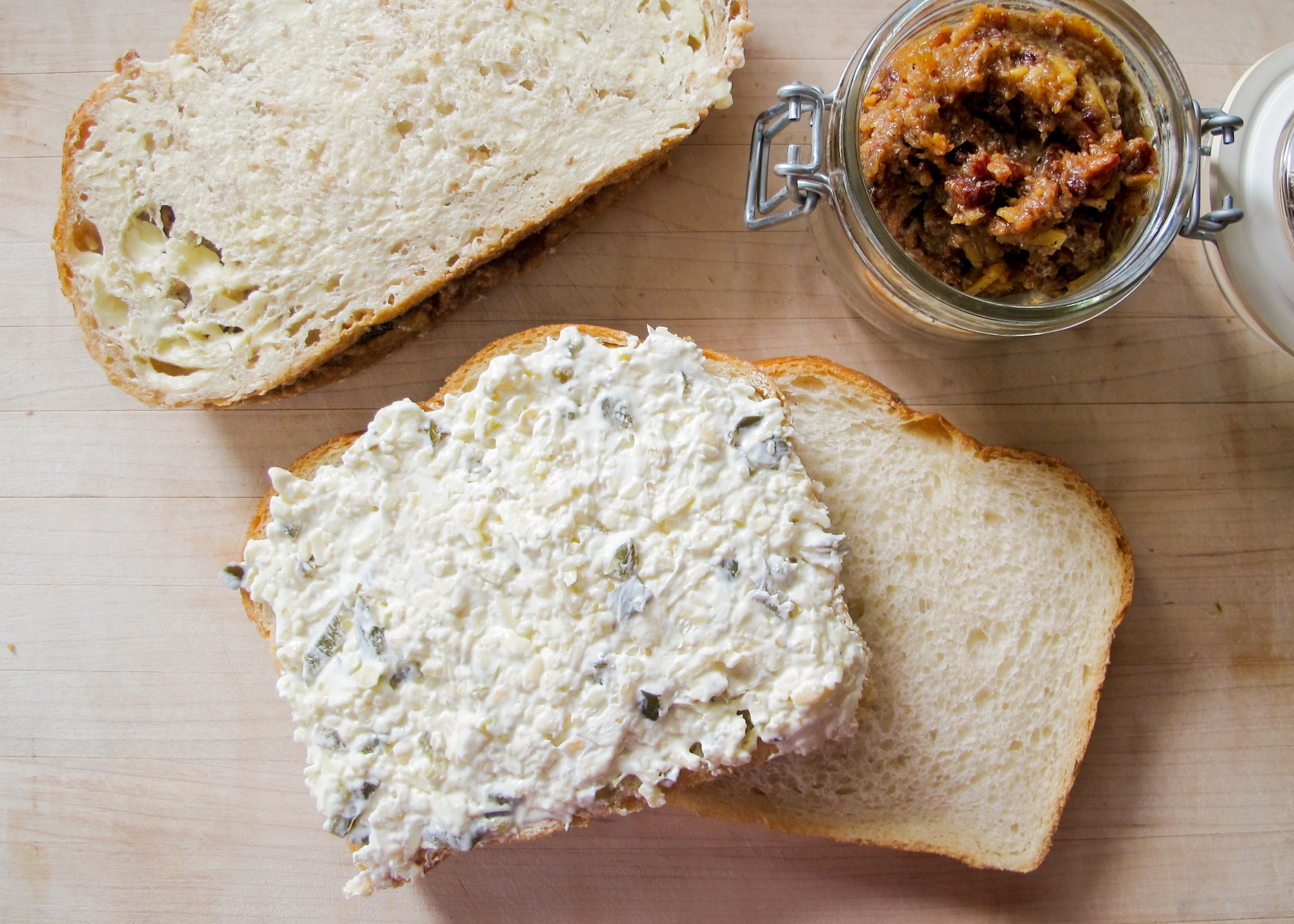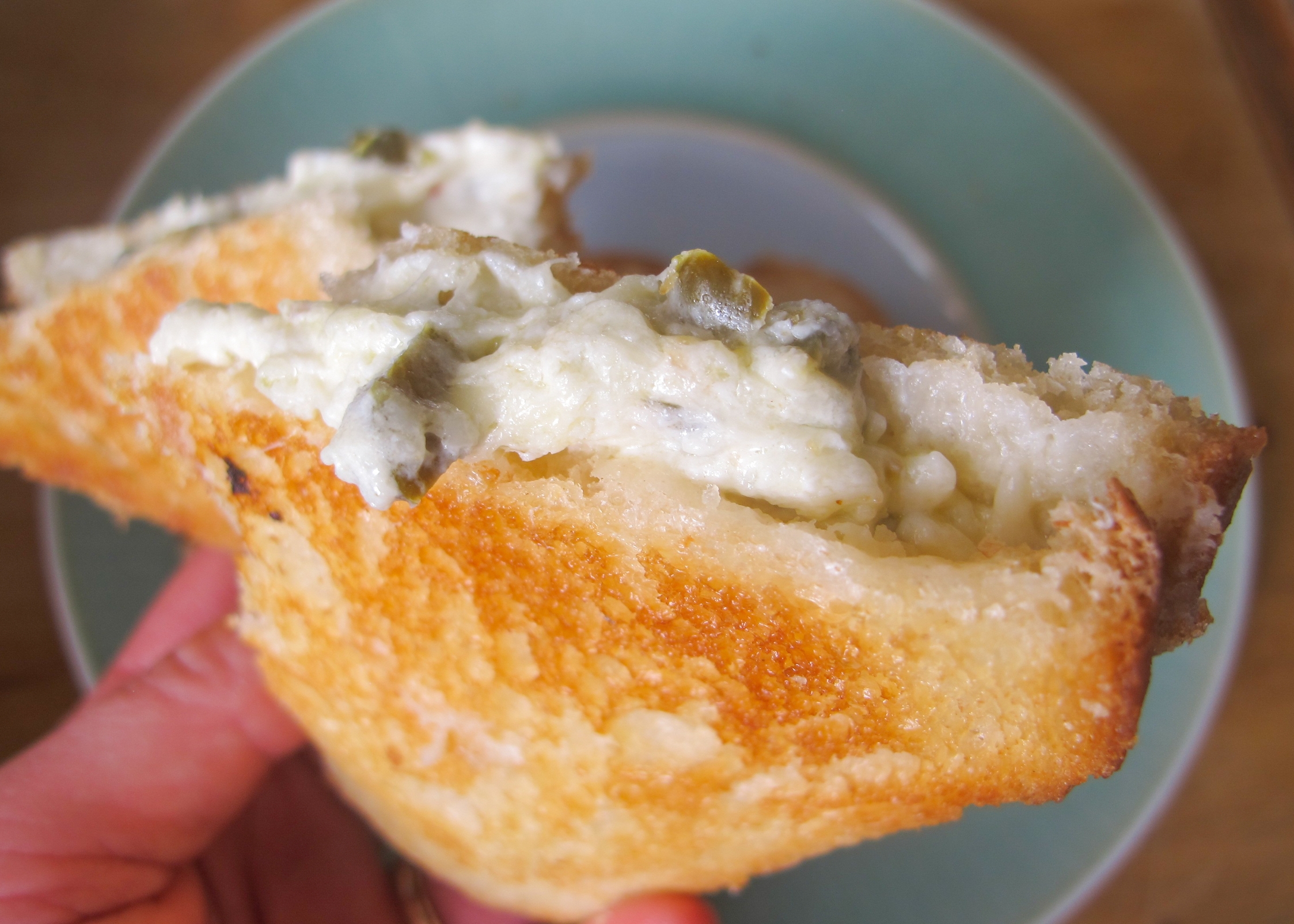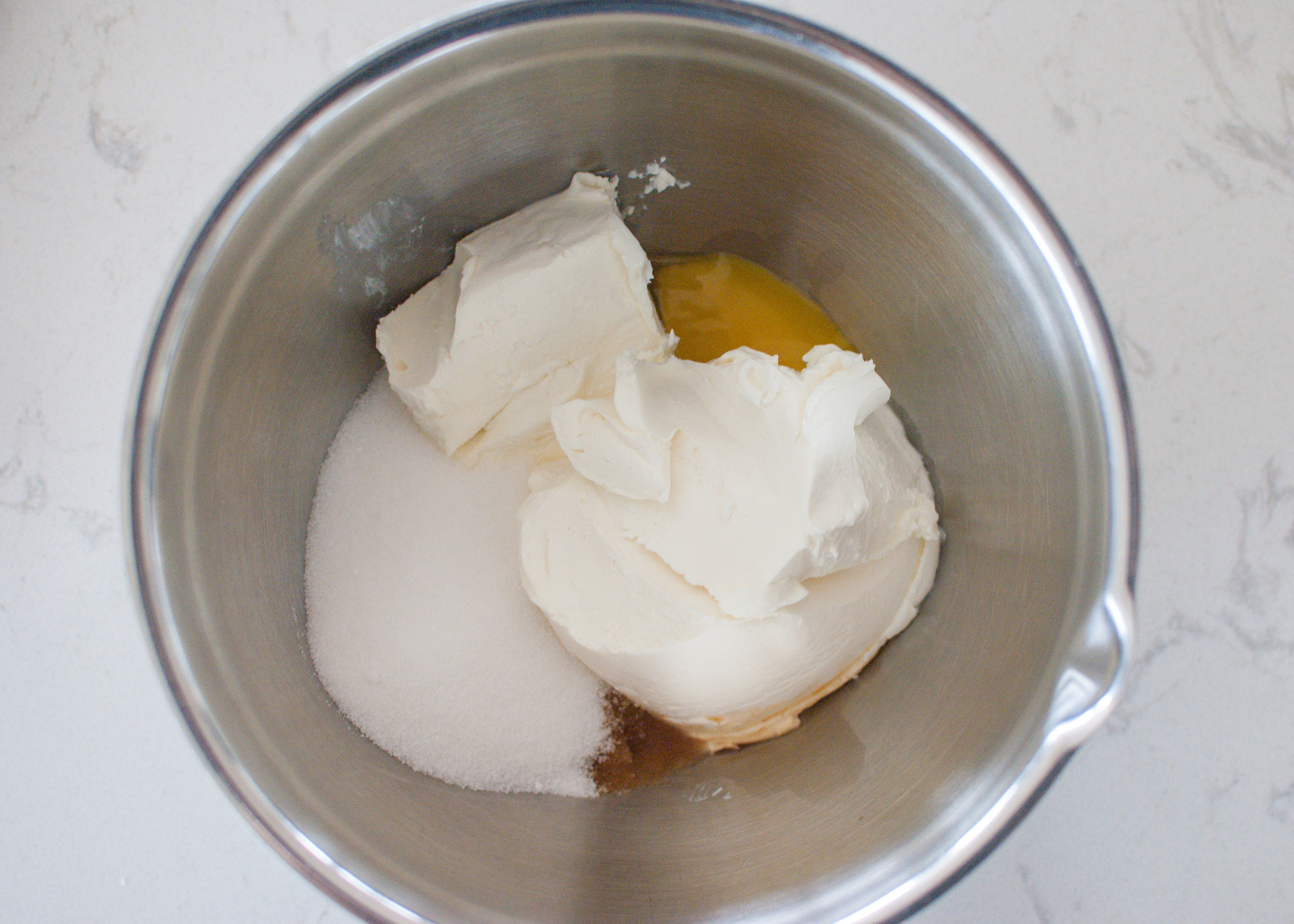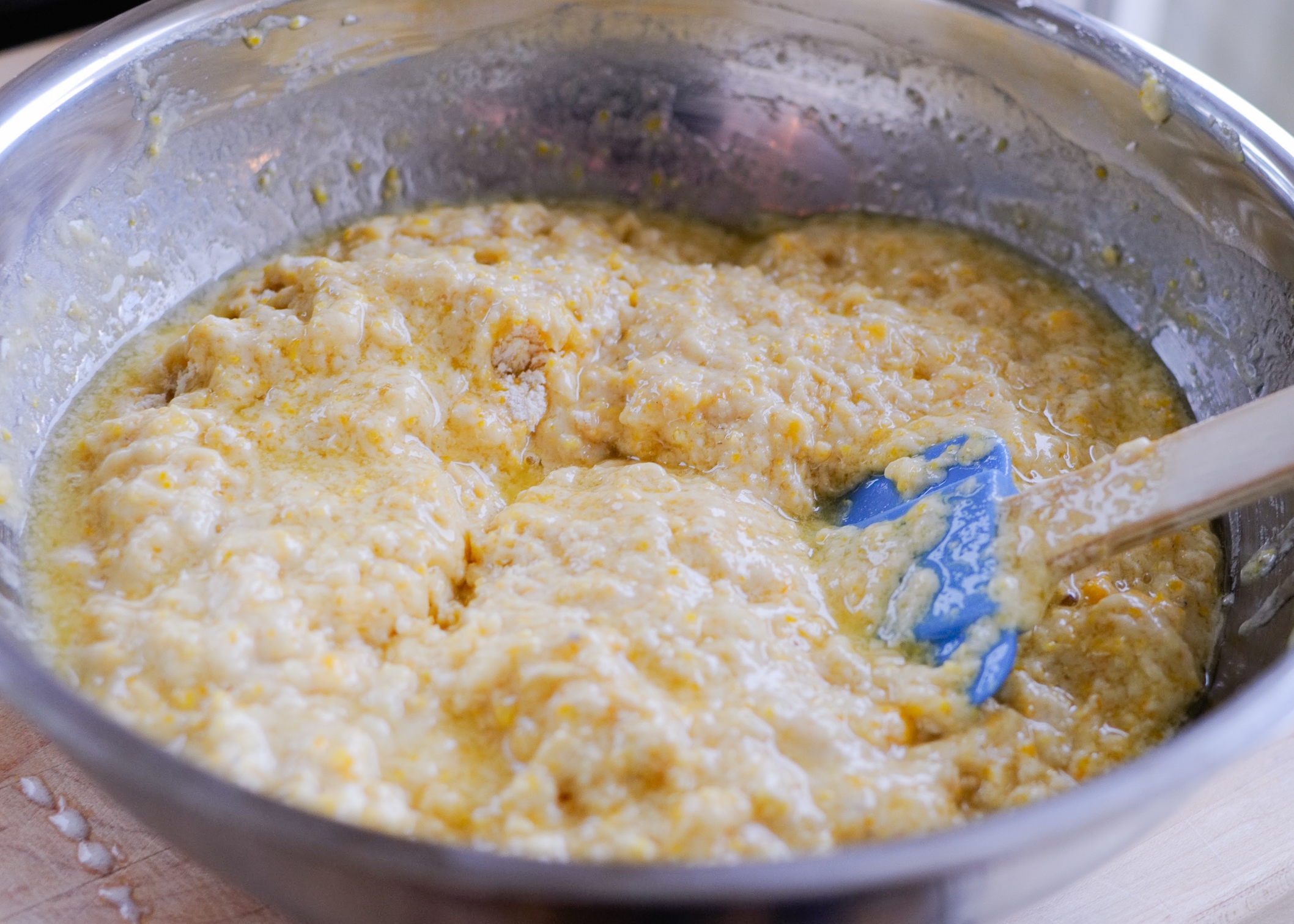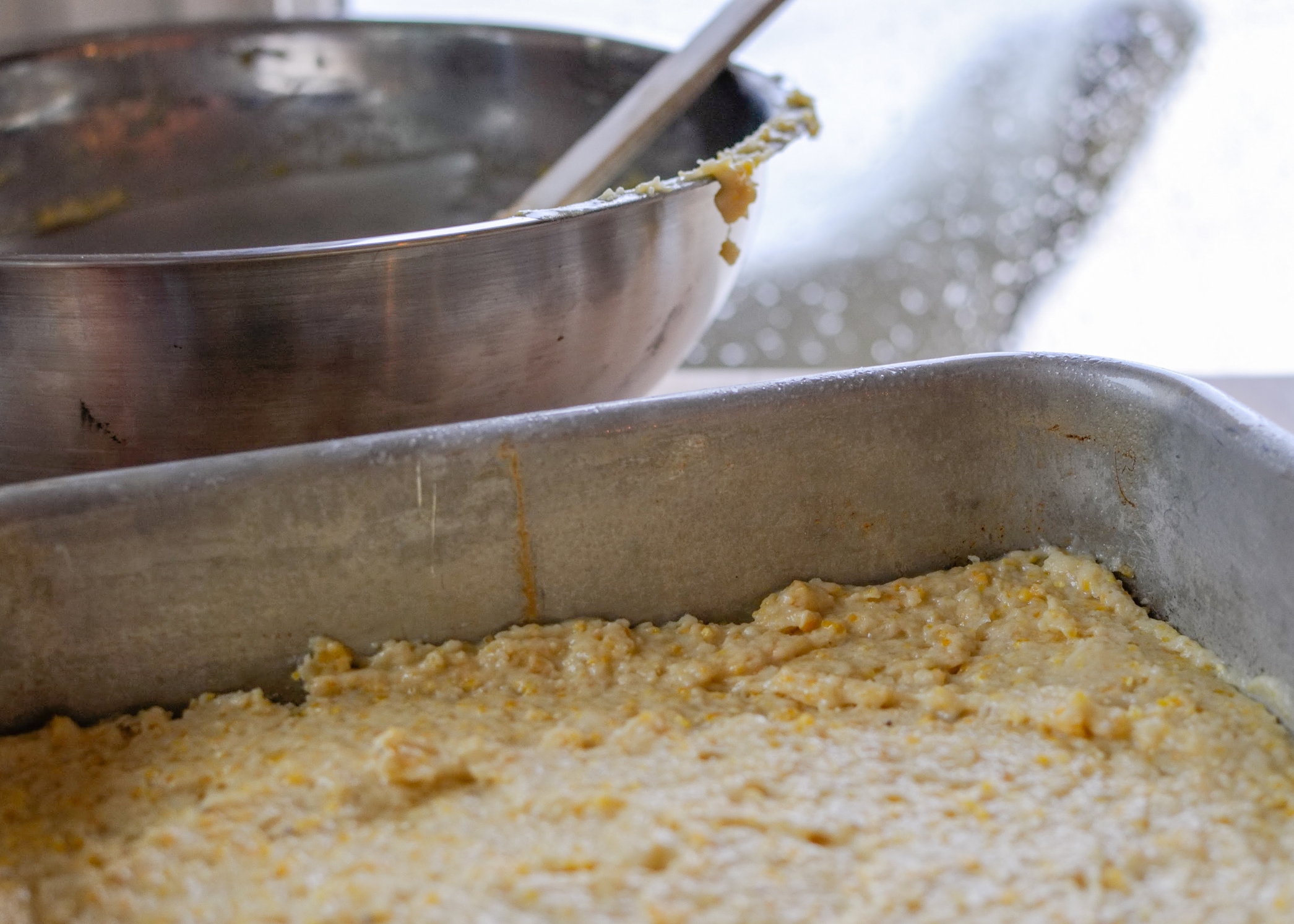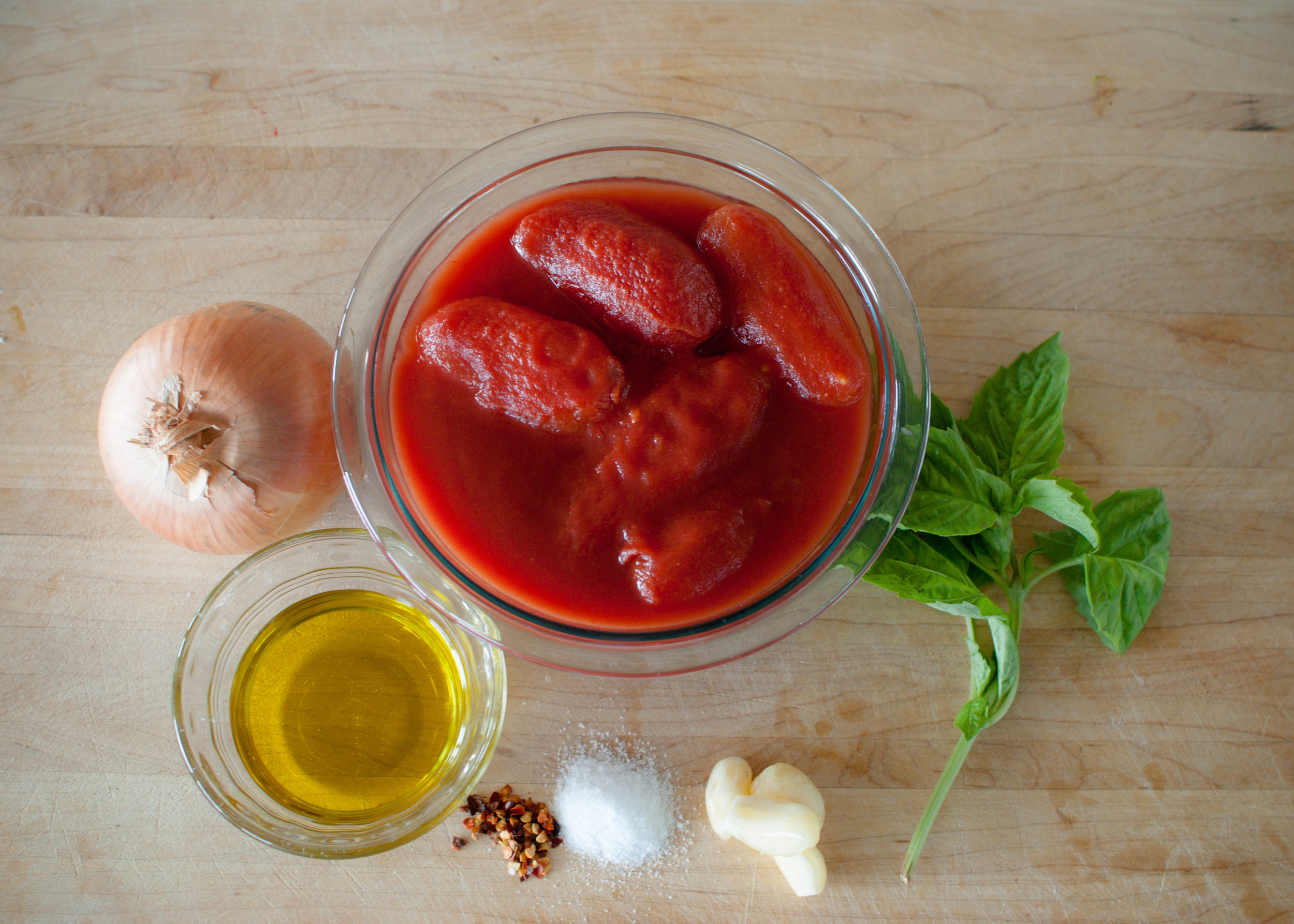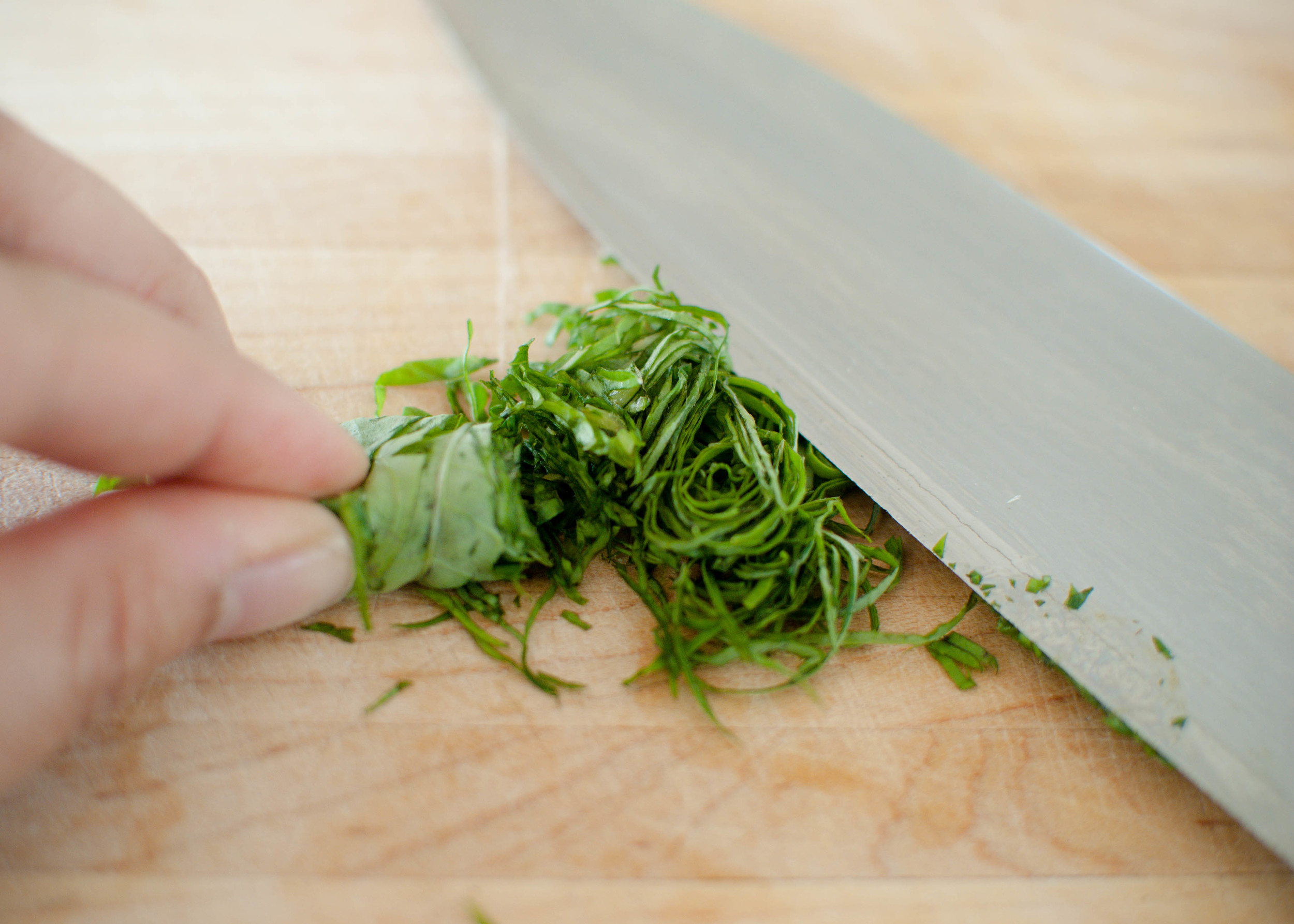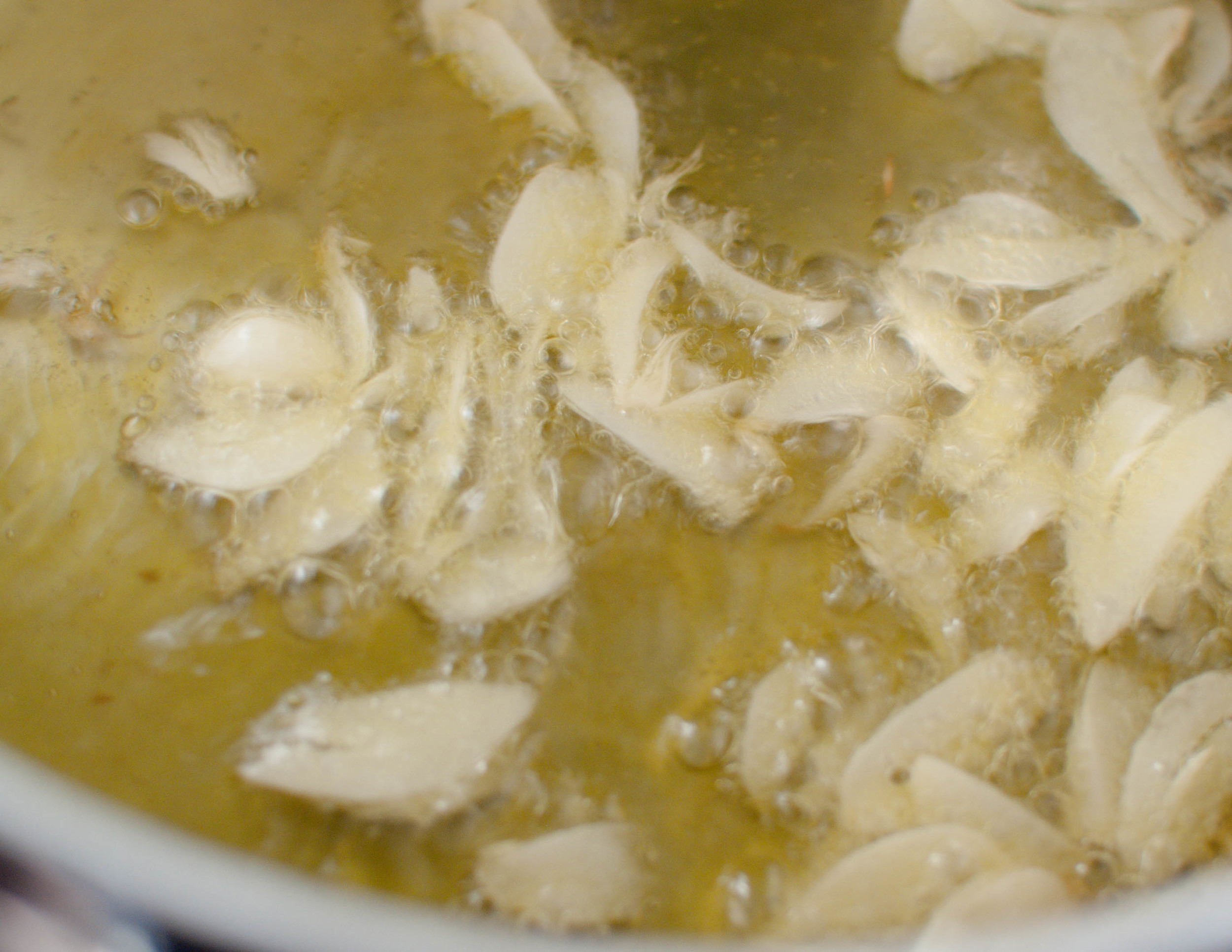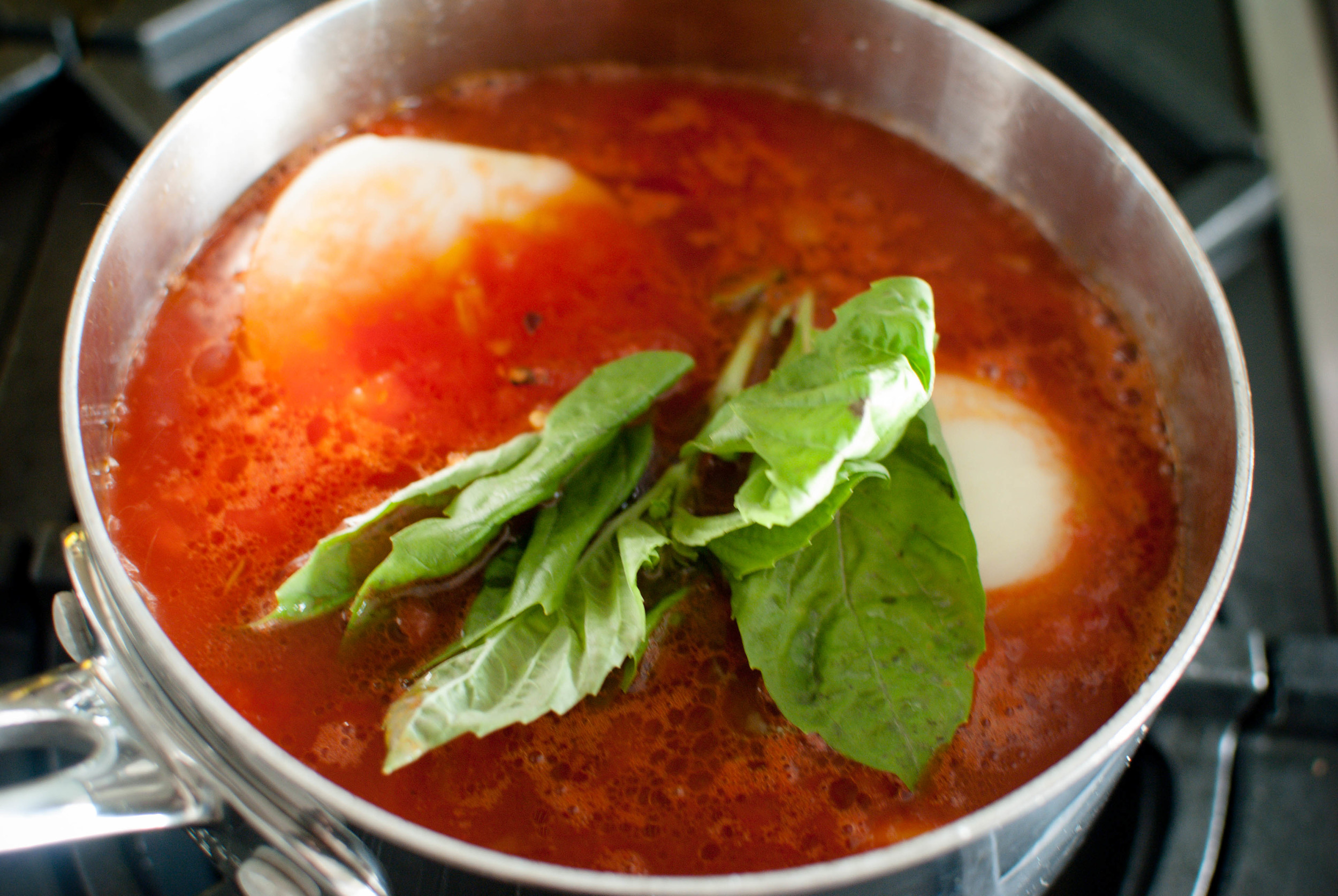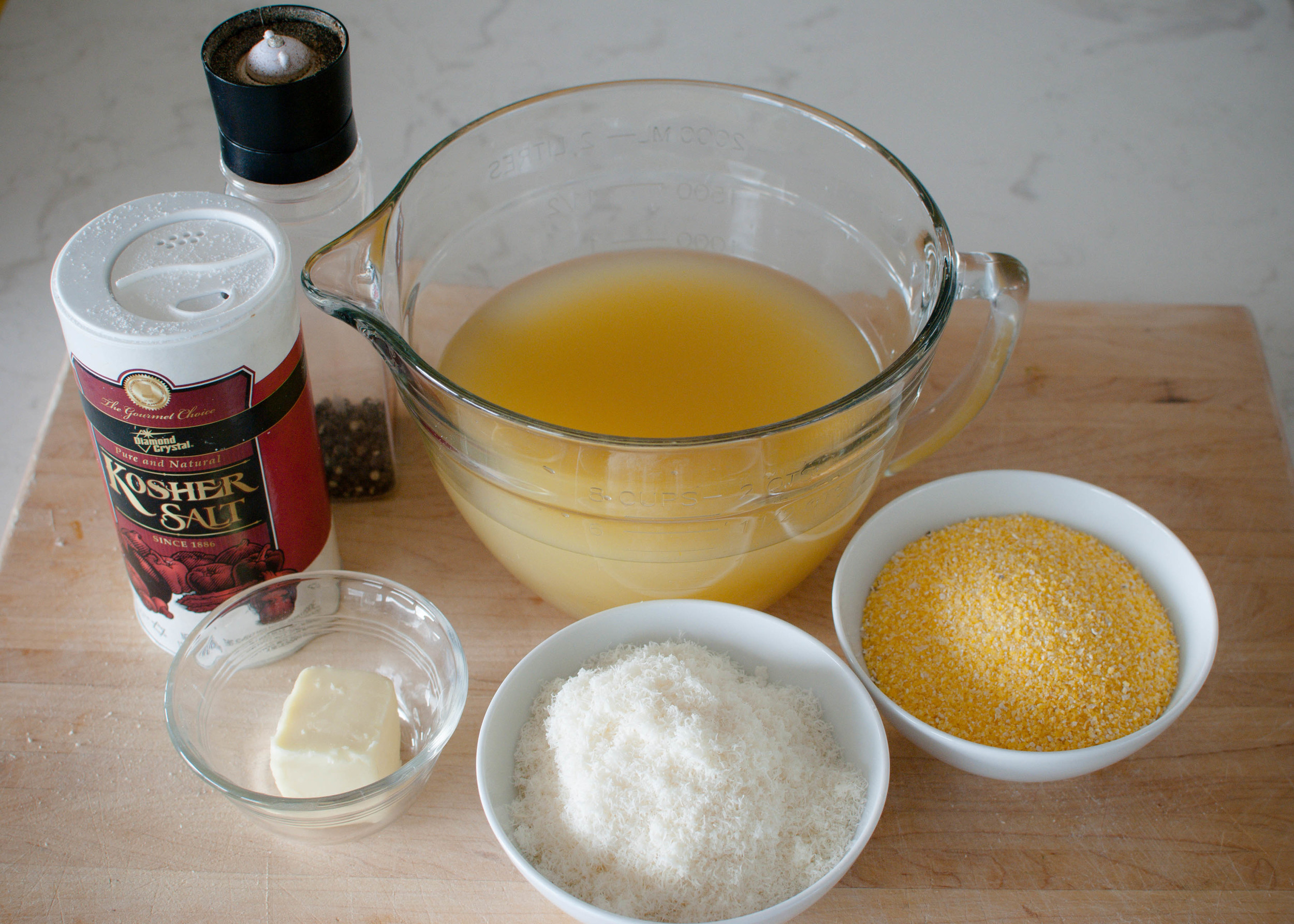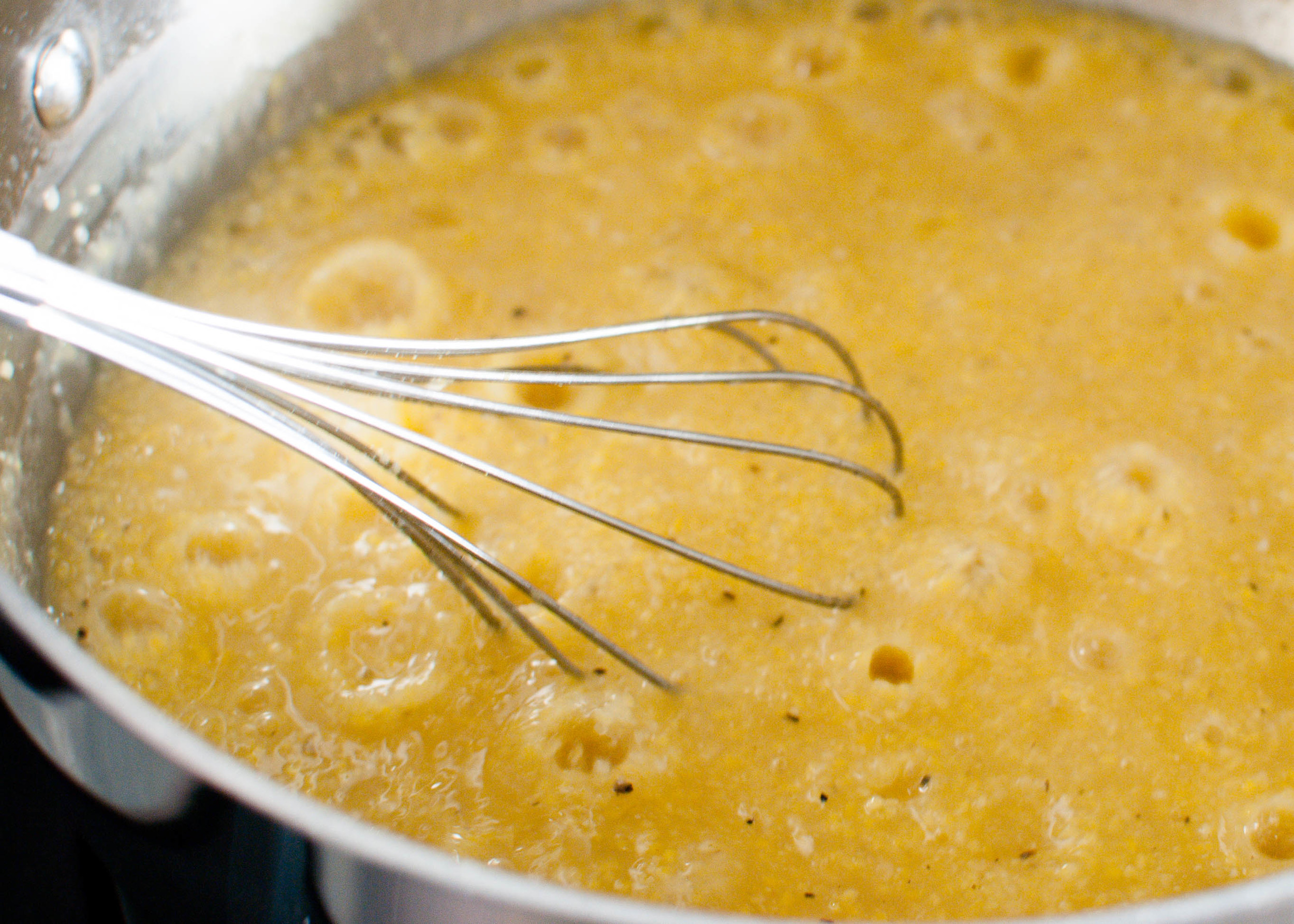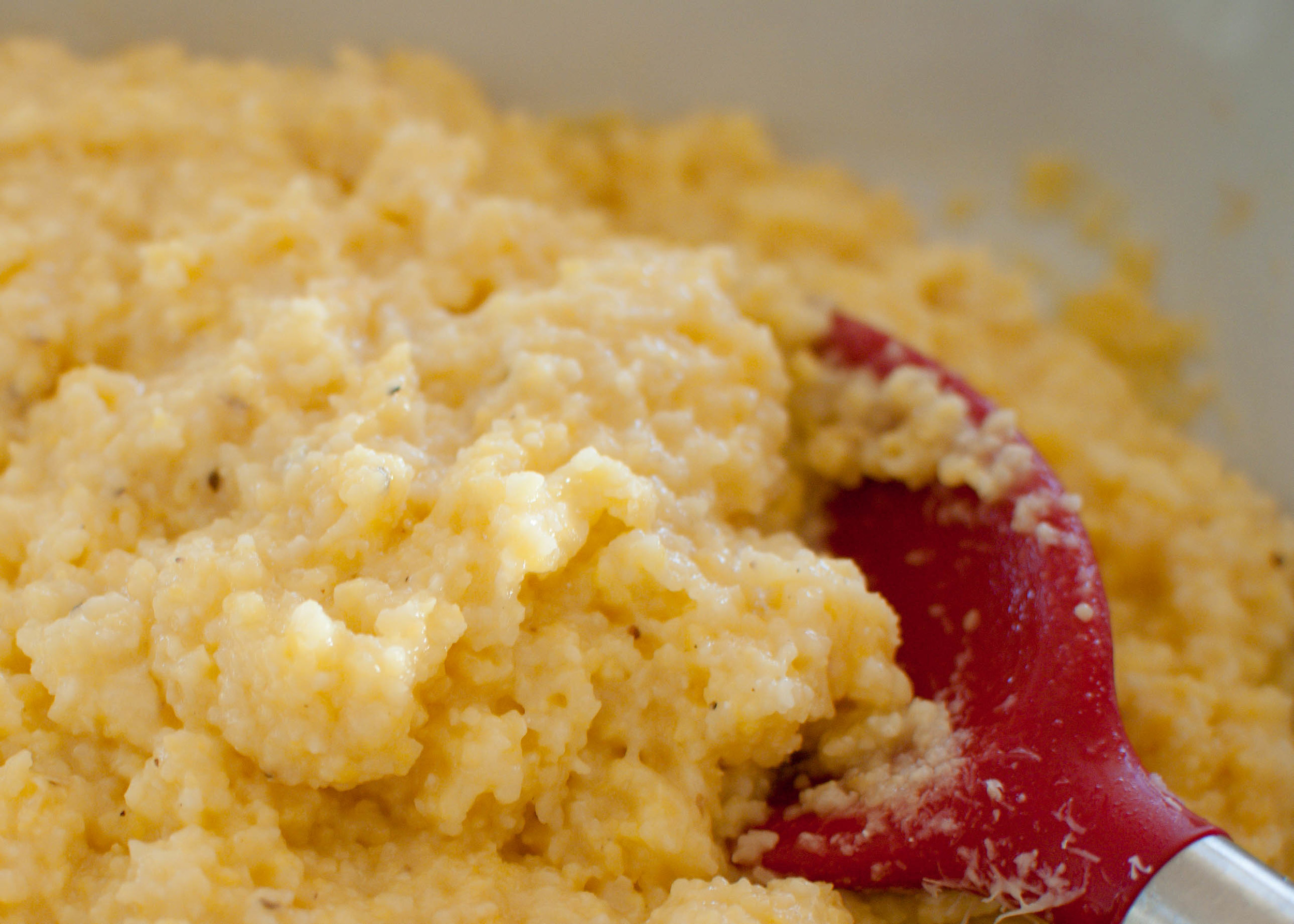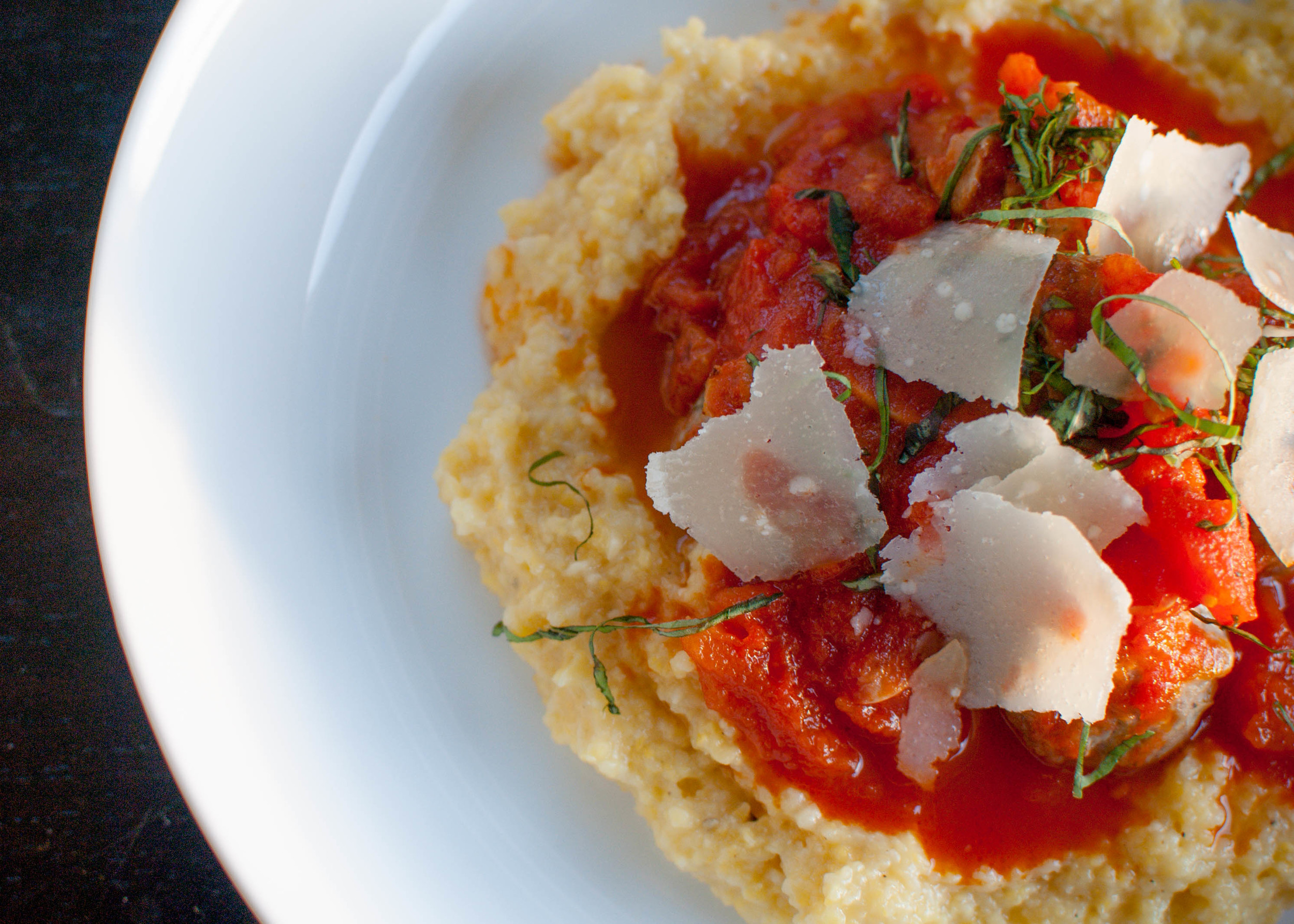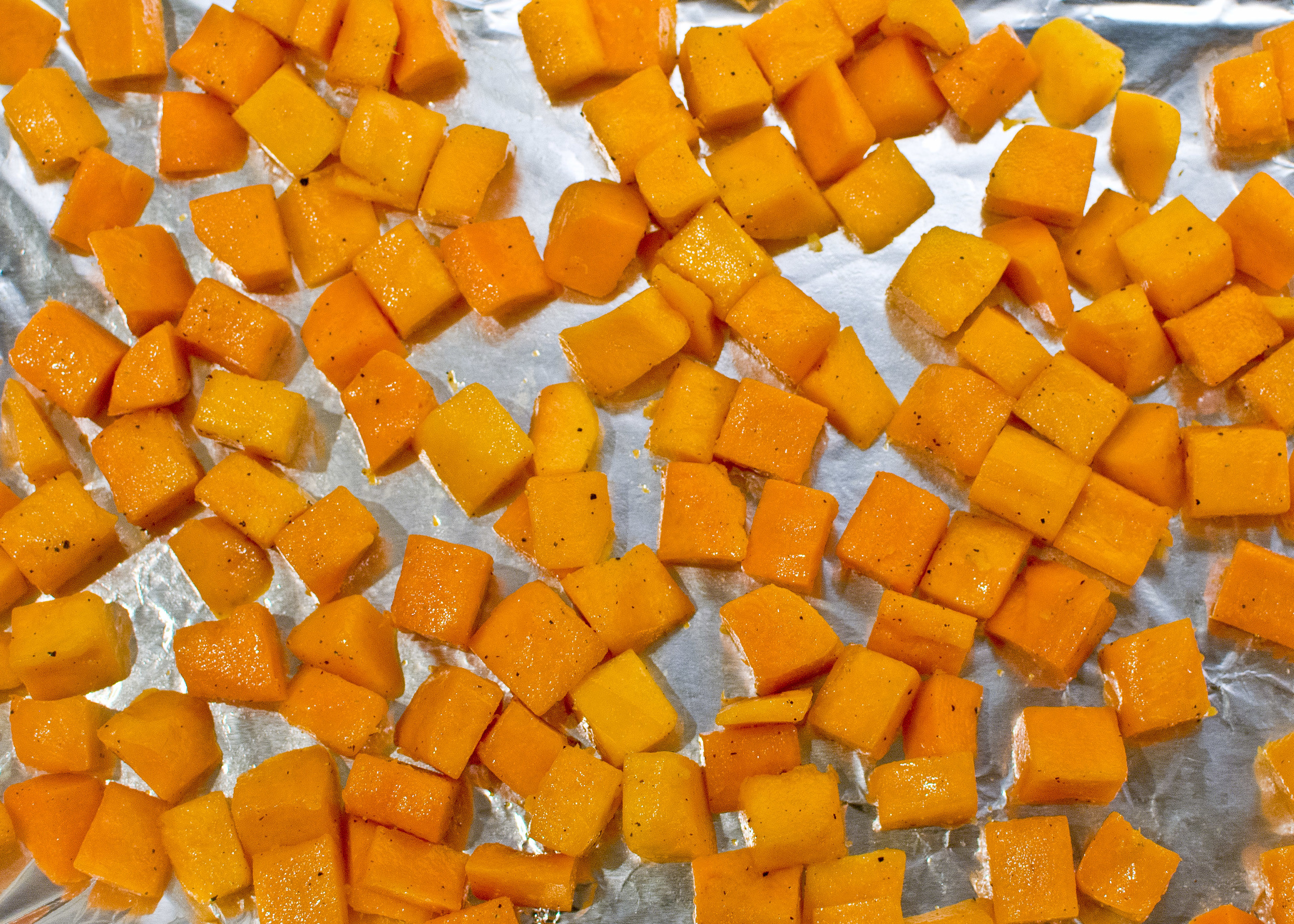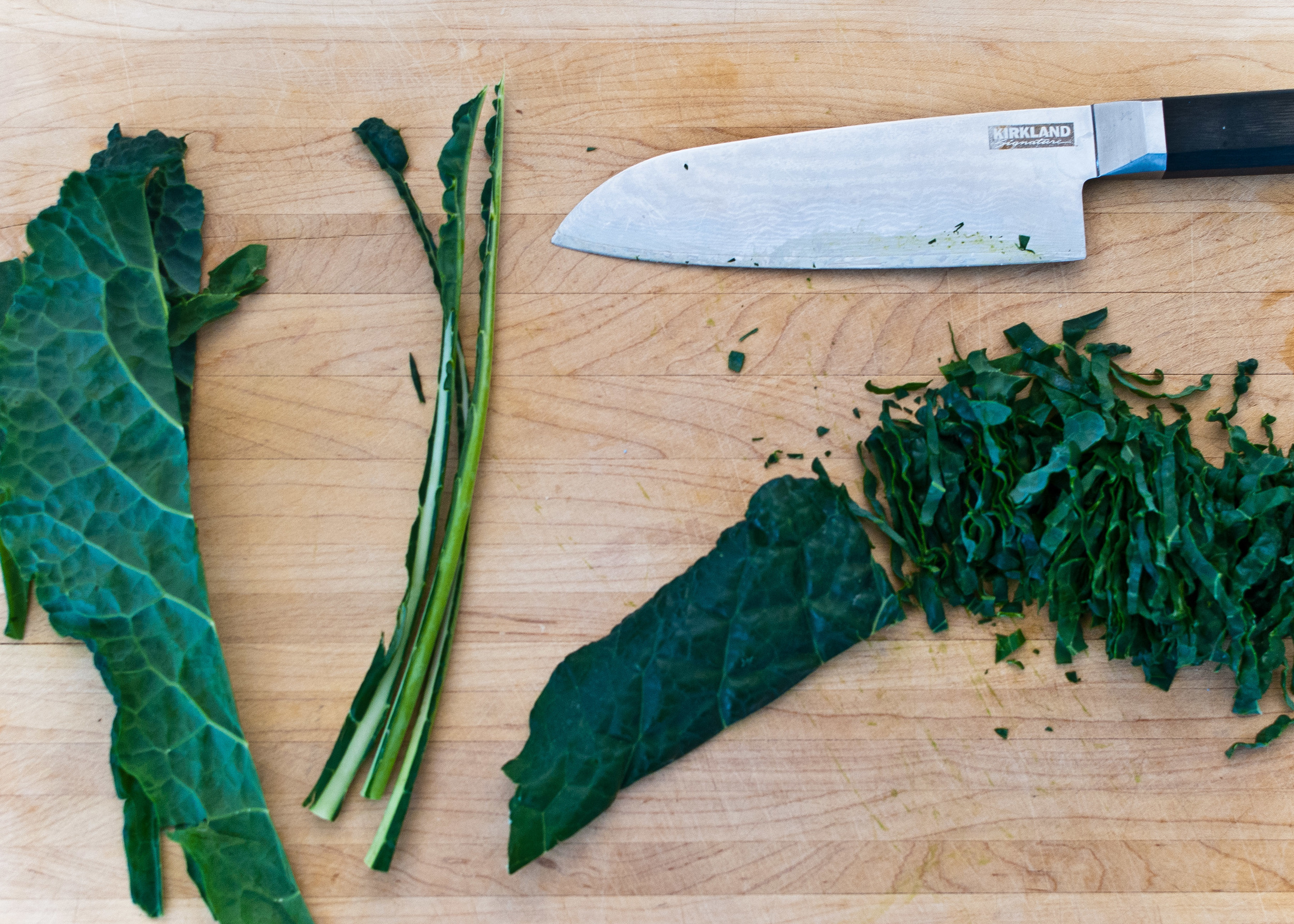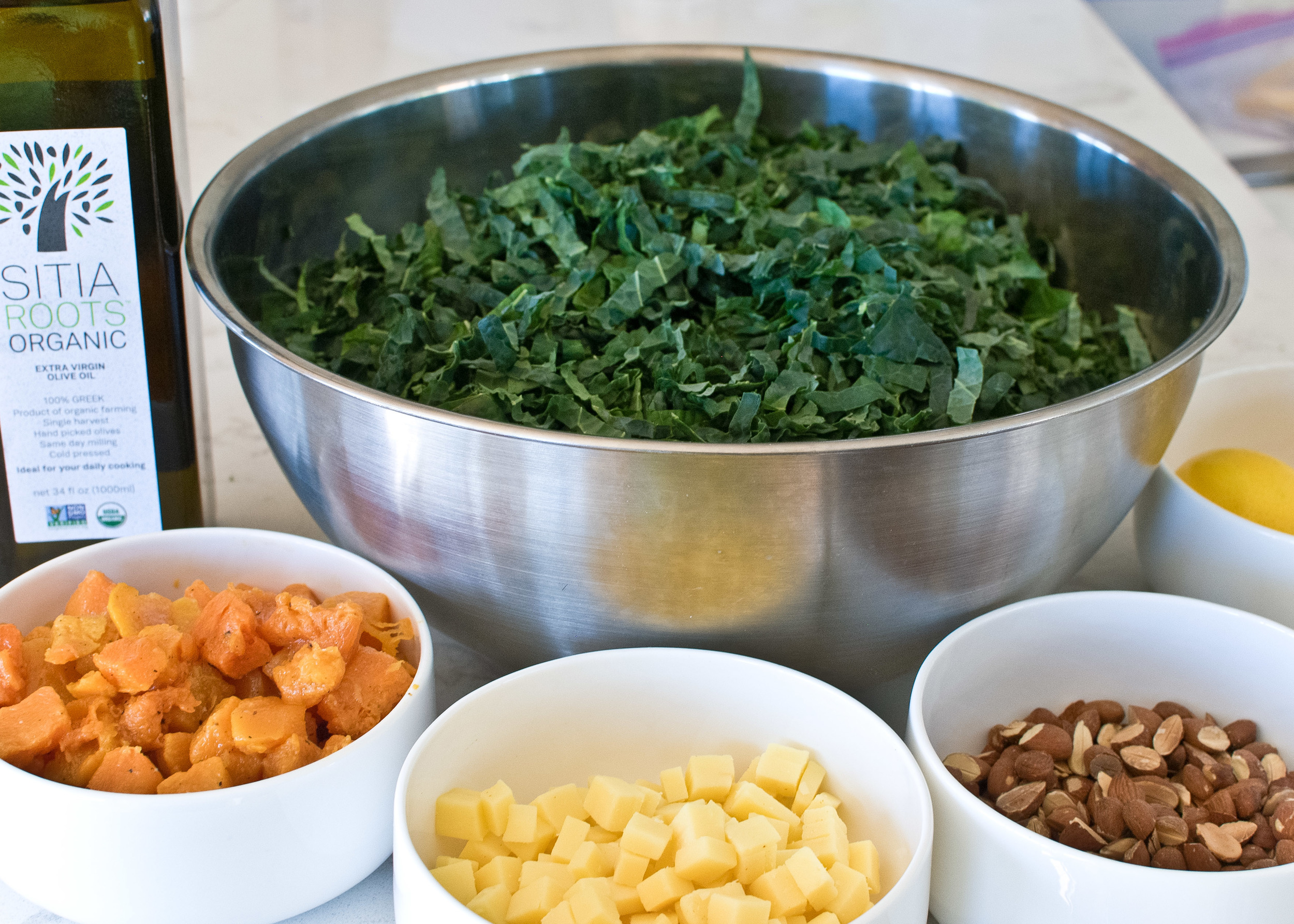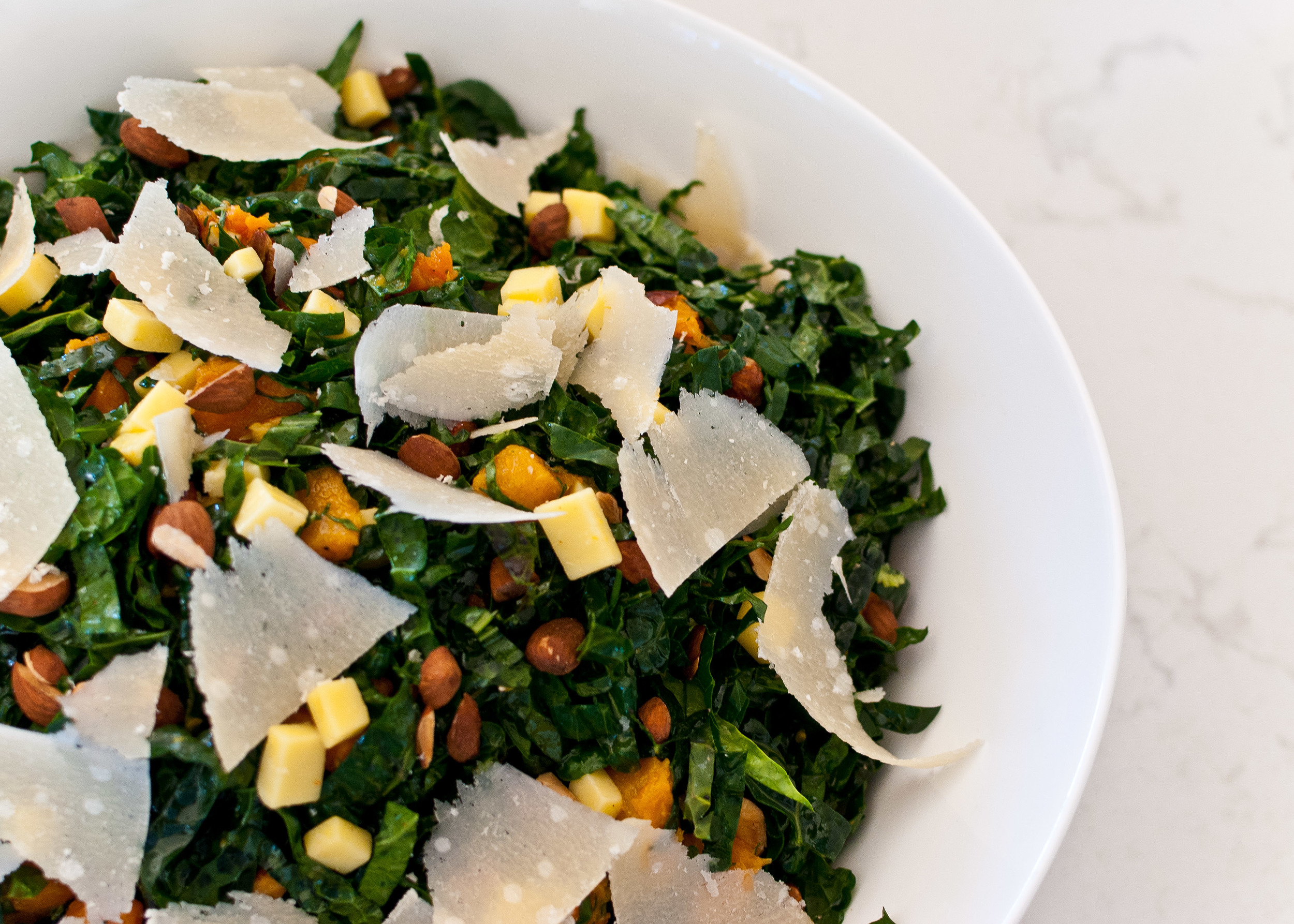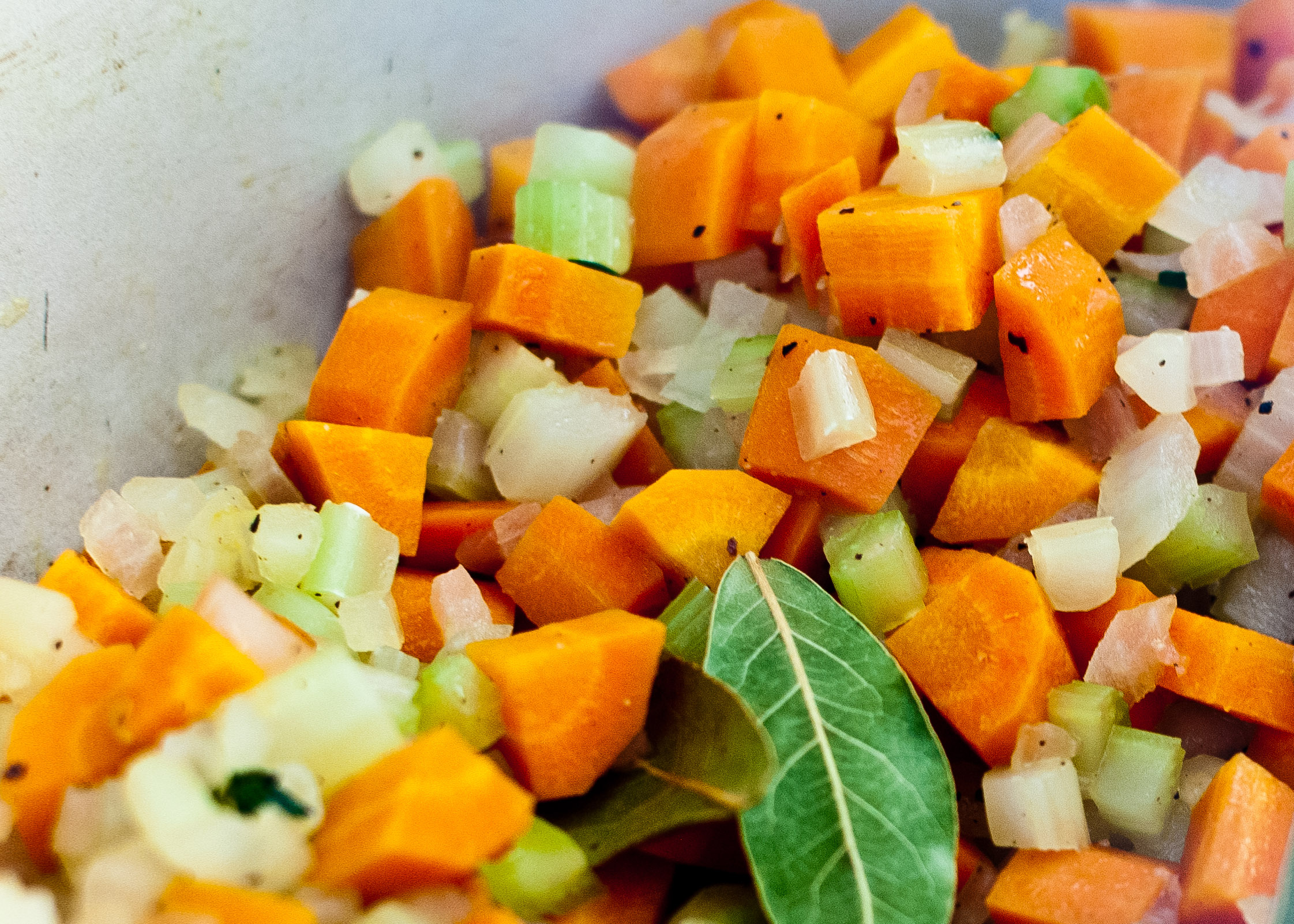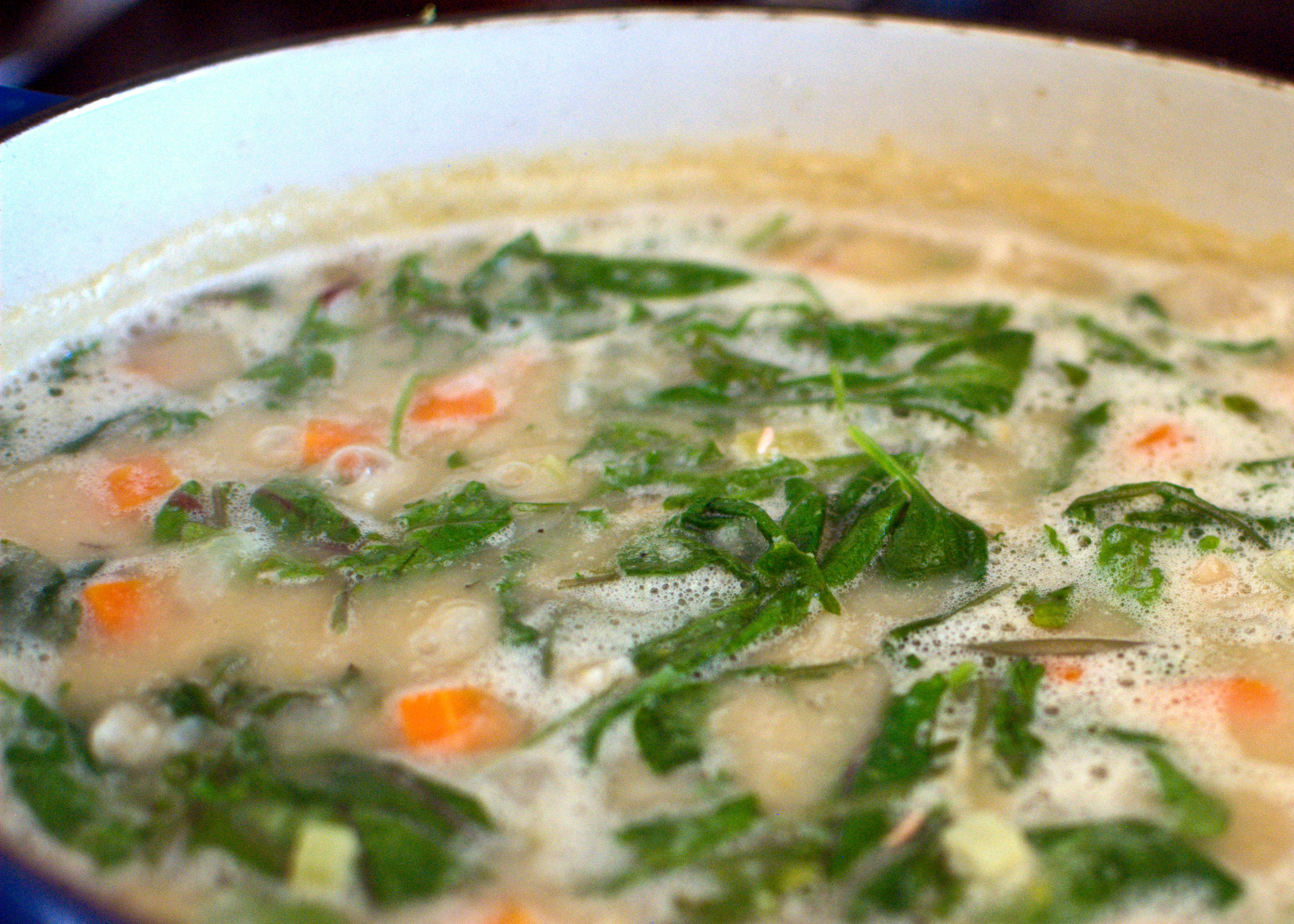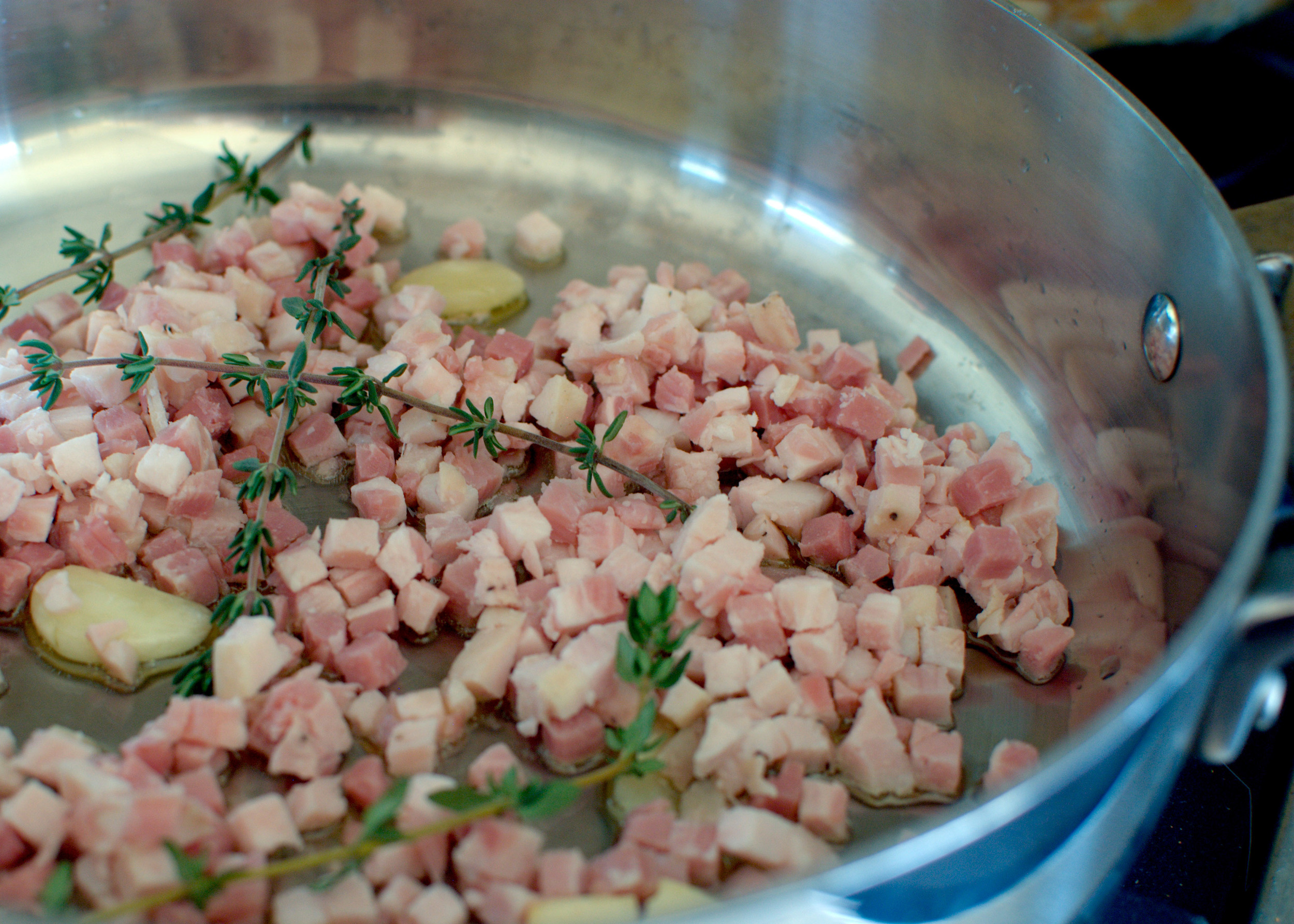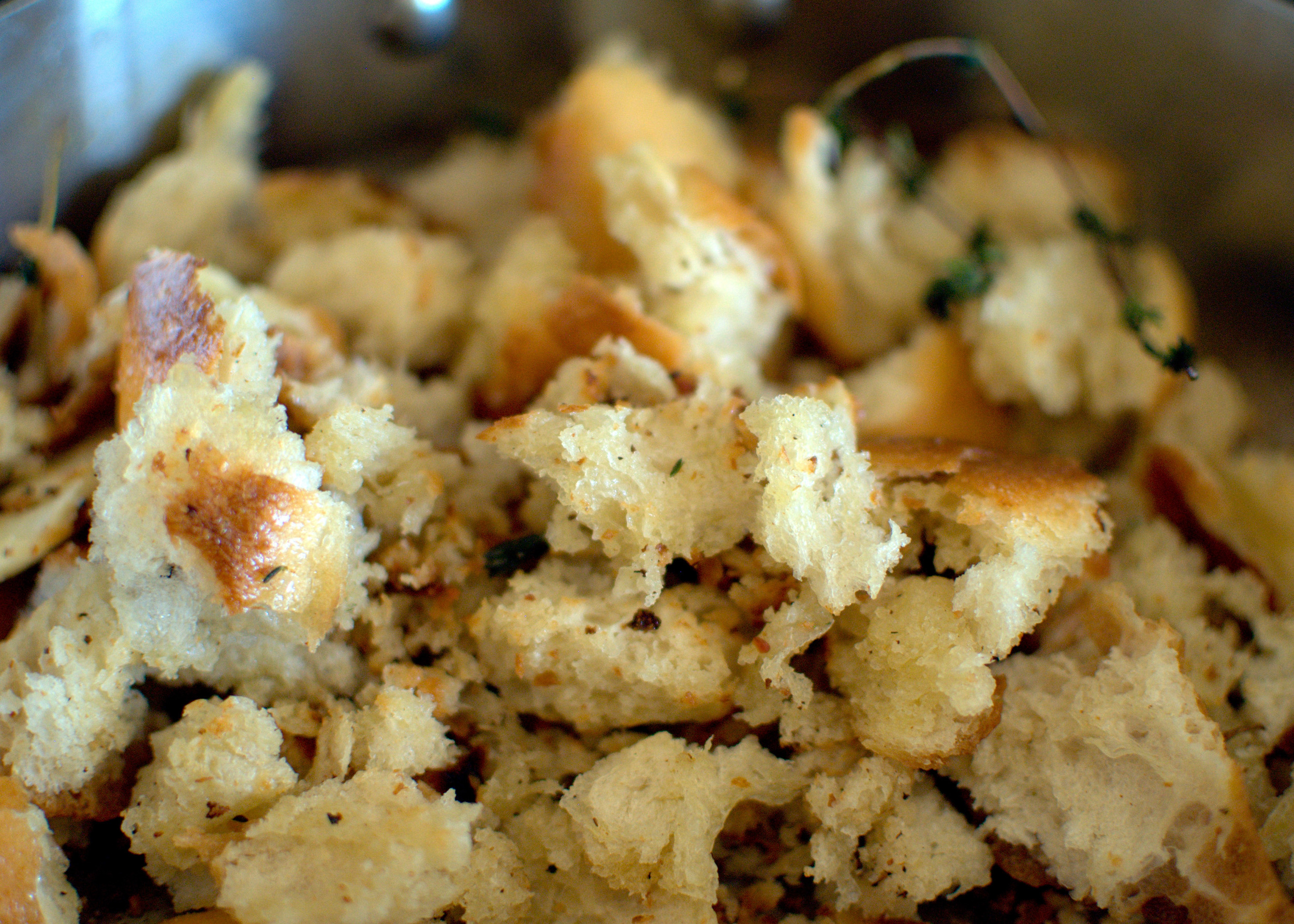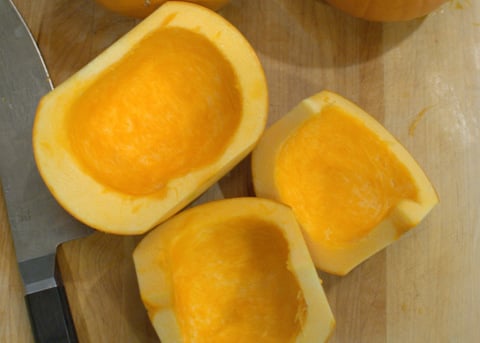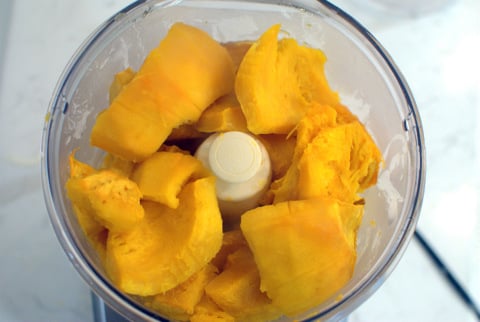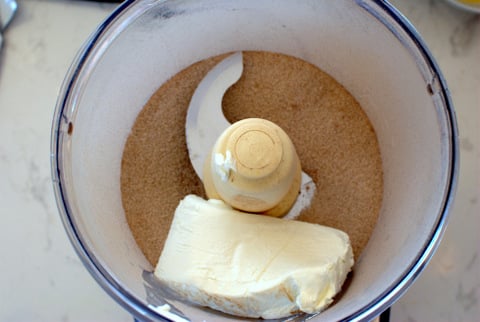The magic of grilled cheese is found between the two slices of golden and toasted buttered bread - when the cheese oozes from the sides from each bite. Because I was serving these sandwiches an hour after they were cooked on the griddle, I wanted them to have a gooey texture, even when they were room temperature. Thanks to the combination of cream cheese and Monterey Jack cheese these maintained a melty and creamy texture when they were no longer hot. Served alongside the Bacon Jam and Cheddar Grilled Cheese Sandwiches and a refreshing Beet and Cucumber Salad, this slightly spicy, gooey sandwich was richly satisfying for a group of dedicated preschool parents.
Notes: My jalapeños were extraordinarily spicy, so I deseeded them after roasting. When cooking for a group of people, I like to offer something a dish with a little bit of heat, but nothing too overwhelming. Be sure to taste your spicy peppers to gauge how much to add and what would be appropriate for your crowd.
Read More: The Shared Grilled Cheese Sandwiches
Time: 1 hour
Servings: 4
1 8-oz package cream cheese
1 cup shredded Monterey Jack cheese
2 jalapeños
1 bunch green onions
1 tablespoon olive oil
1 teaspoon black pepper
Salt to taste
8 slices of white bread
Butter, room temperature
Preheat oven to 350 degrees. Coat jalapeños and green onions in olive oil and a sprinkling of salt and place on a baking pan. Roast jalapeños and green onions for 15-20 minutes until charred and softened. Set aside and allow to cool.
Meanwhile, shred cheese and set aside. Place cream cheese in a food processor with cooled and roughly chopped jalapeños and green onions, and black pepper. Pulse 10 times to combine and until jalapeños and green onions are finely minced. Add shredded cheese and pulse 5 times until combined but not paste-like.
Heat a non-stick griddle to medium-high heat. Spread cheese mixture on a slice of bread, close with another piece of bread. Spread room temperature butter on both sides of the sandwich. Slap the sandwich down onto the griddle and wait for the heavens to sing, cooking about 4-6 minutes per side.


